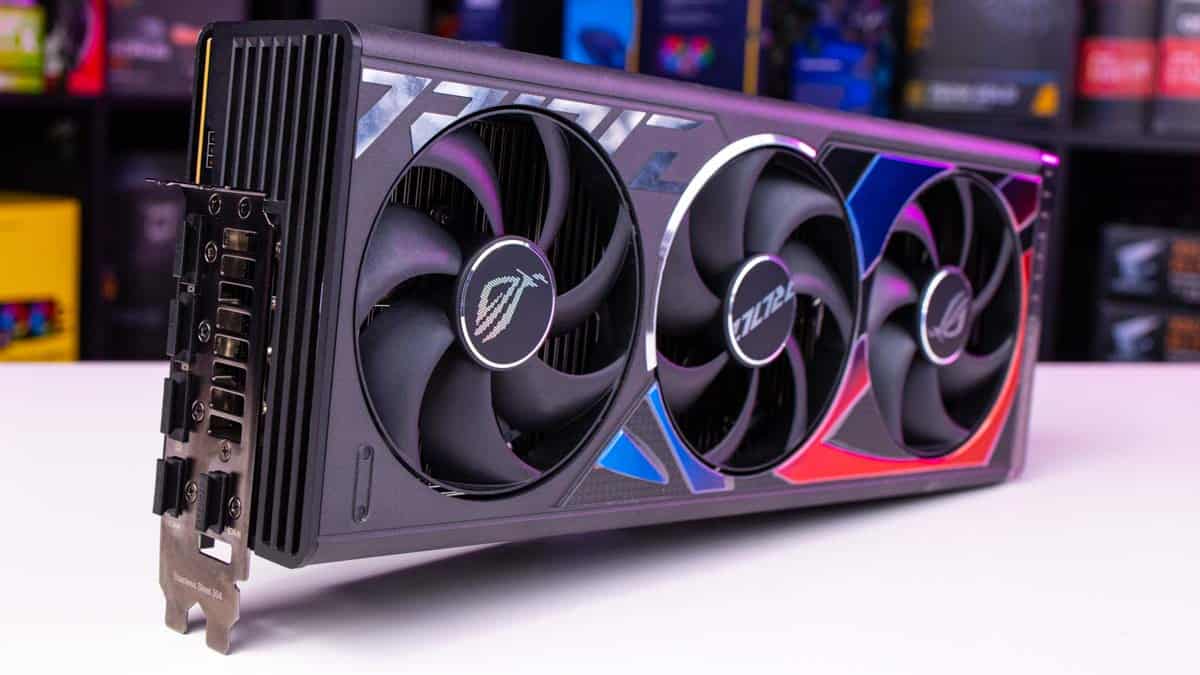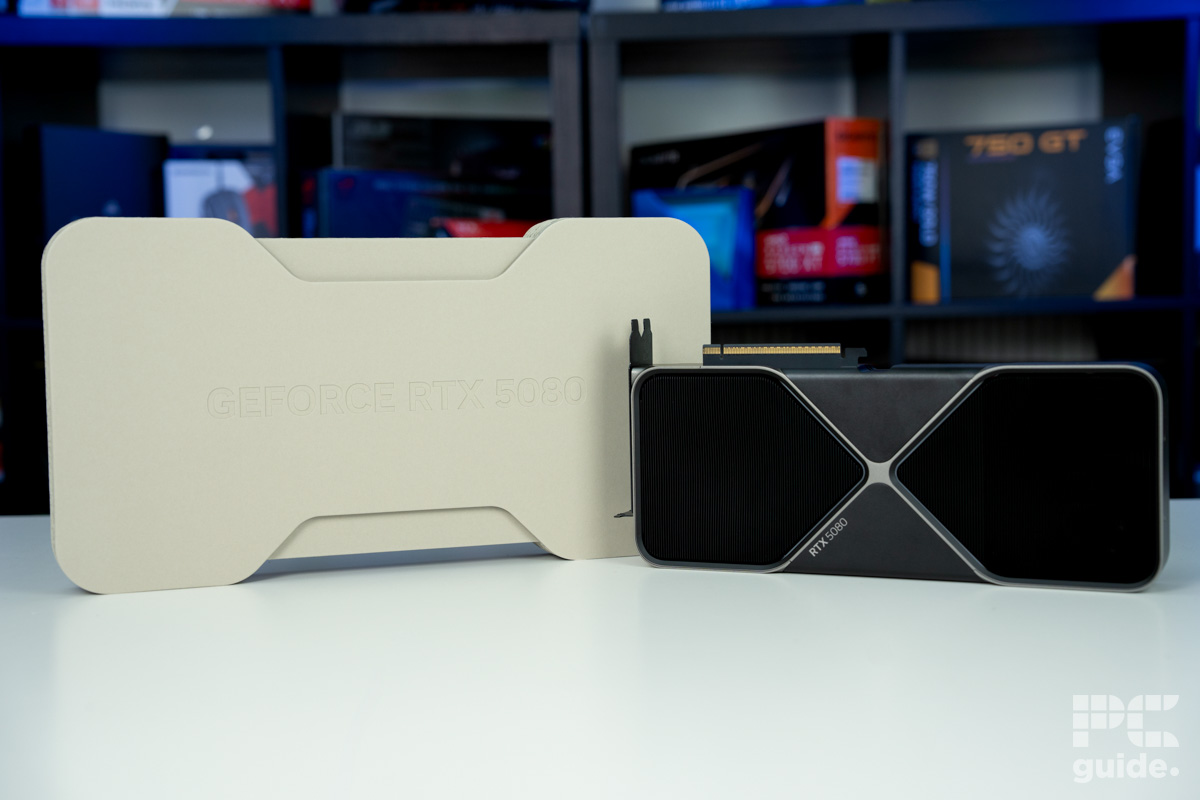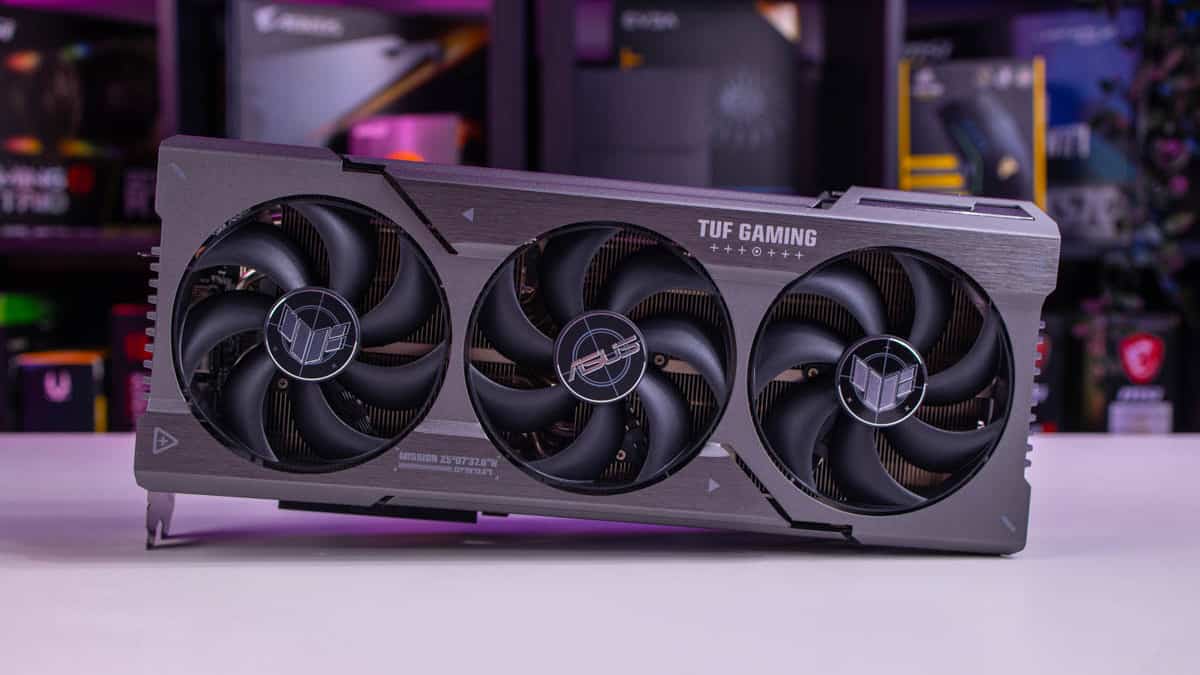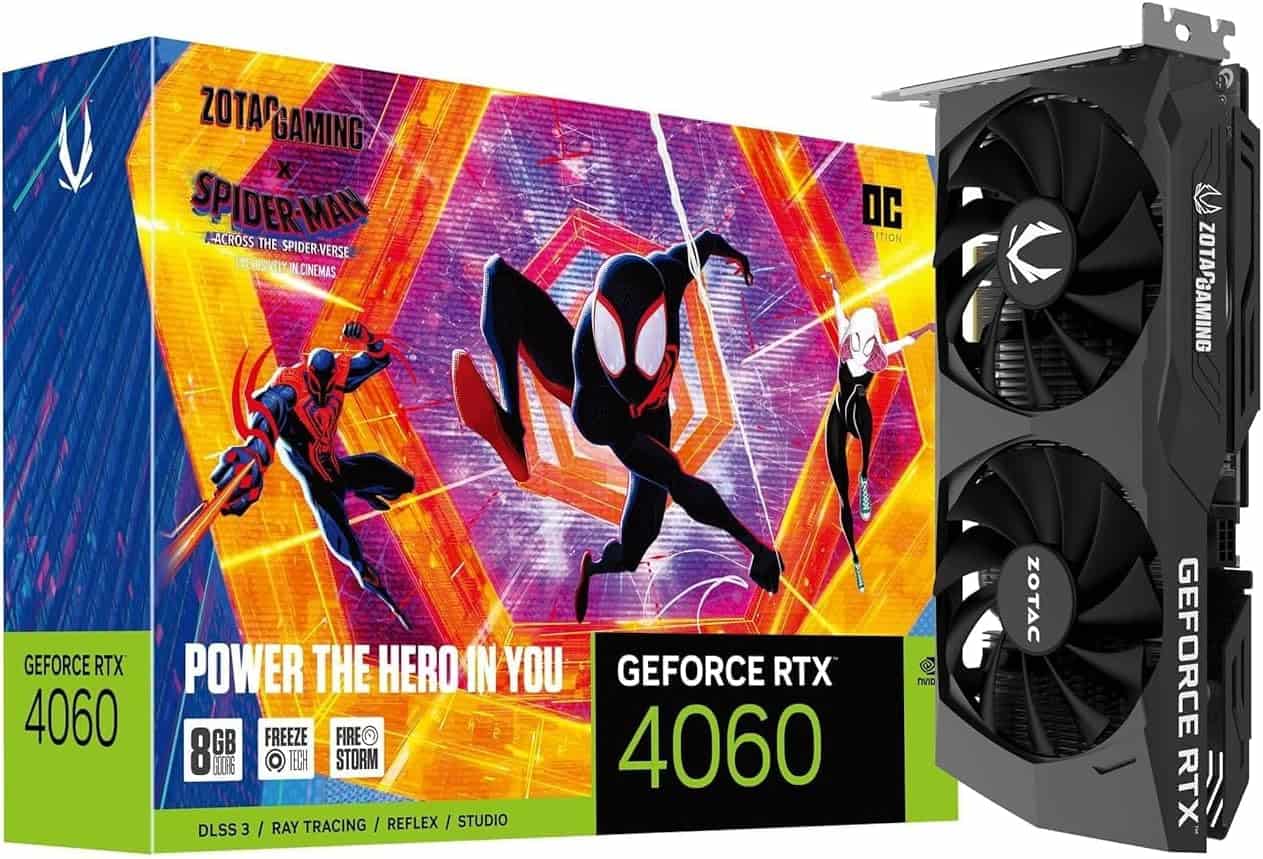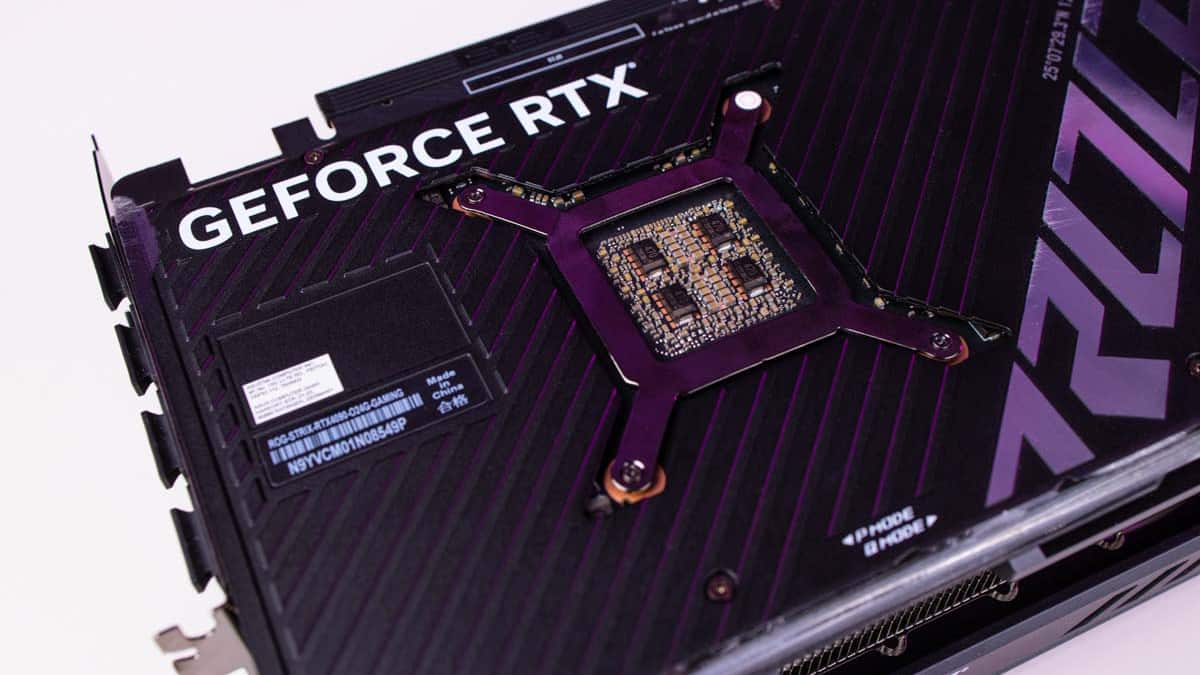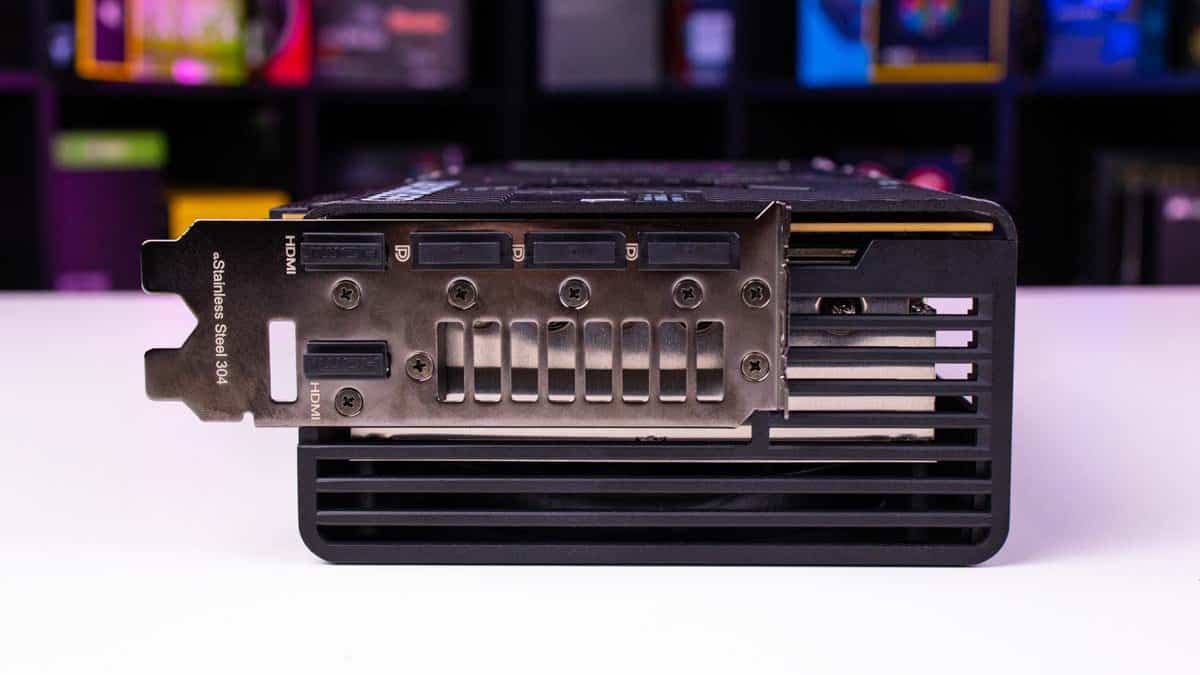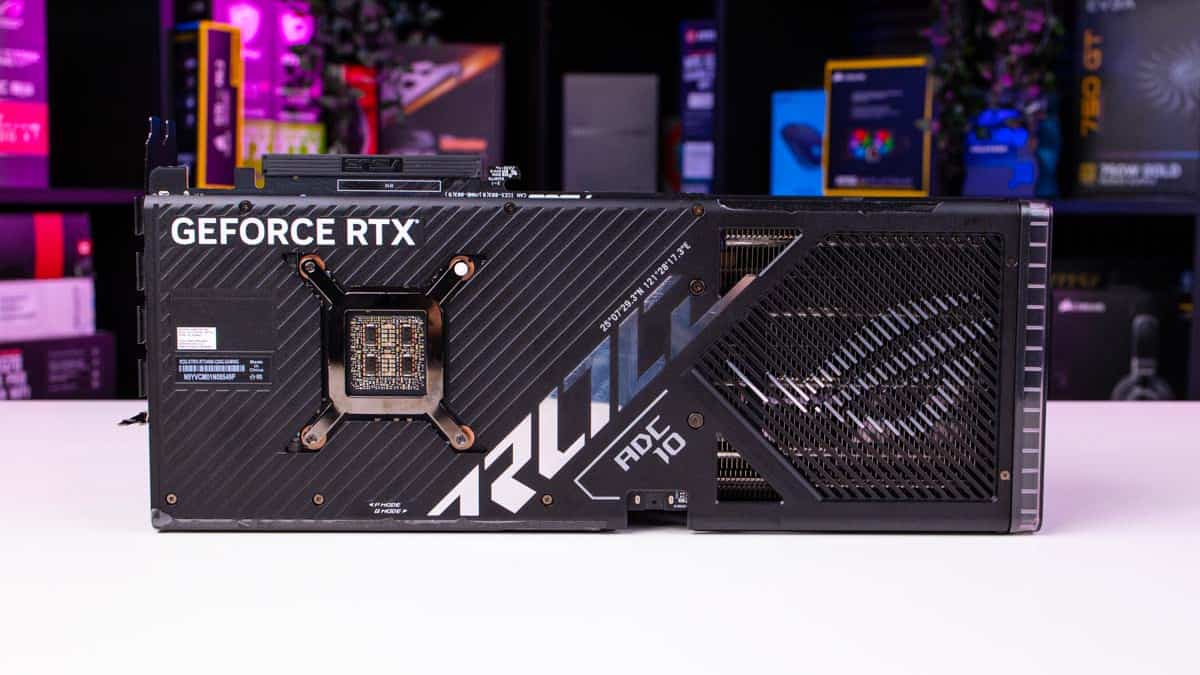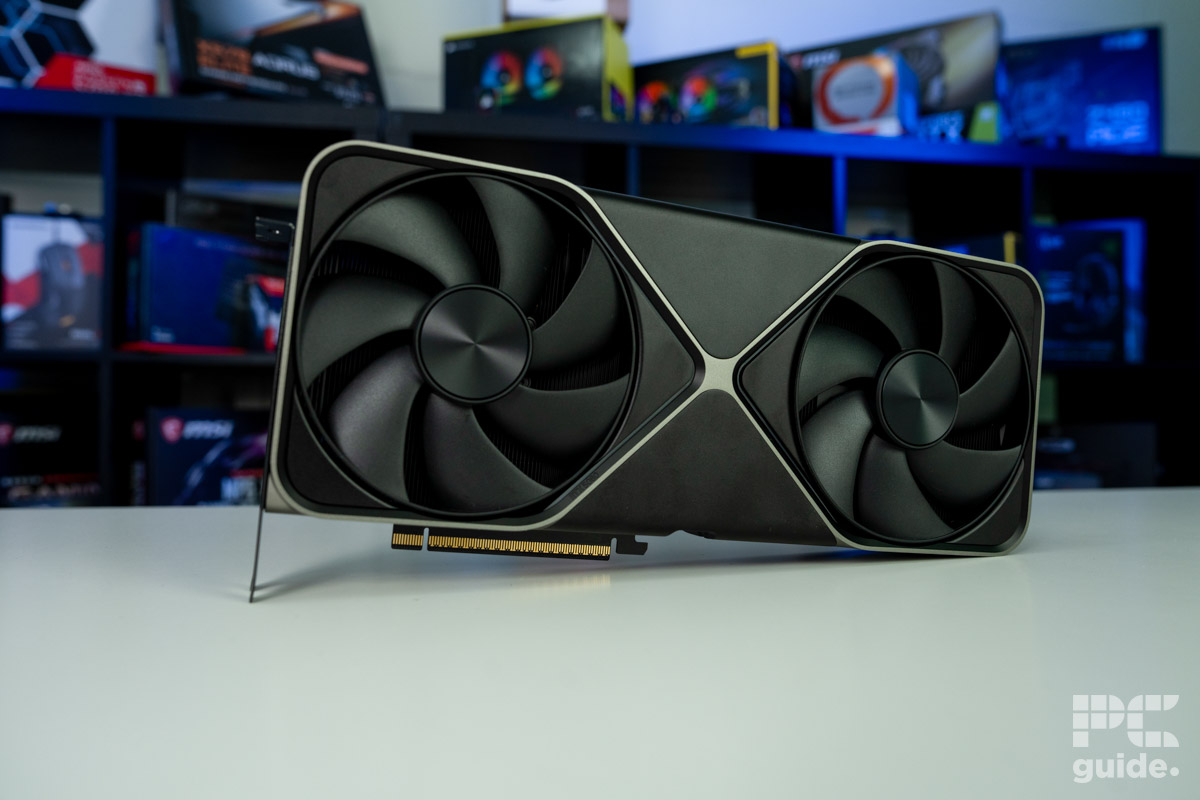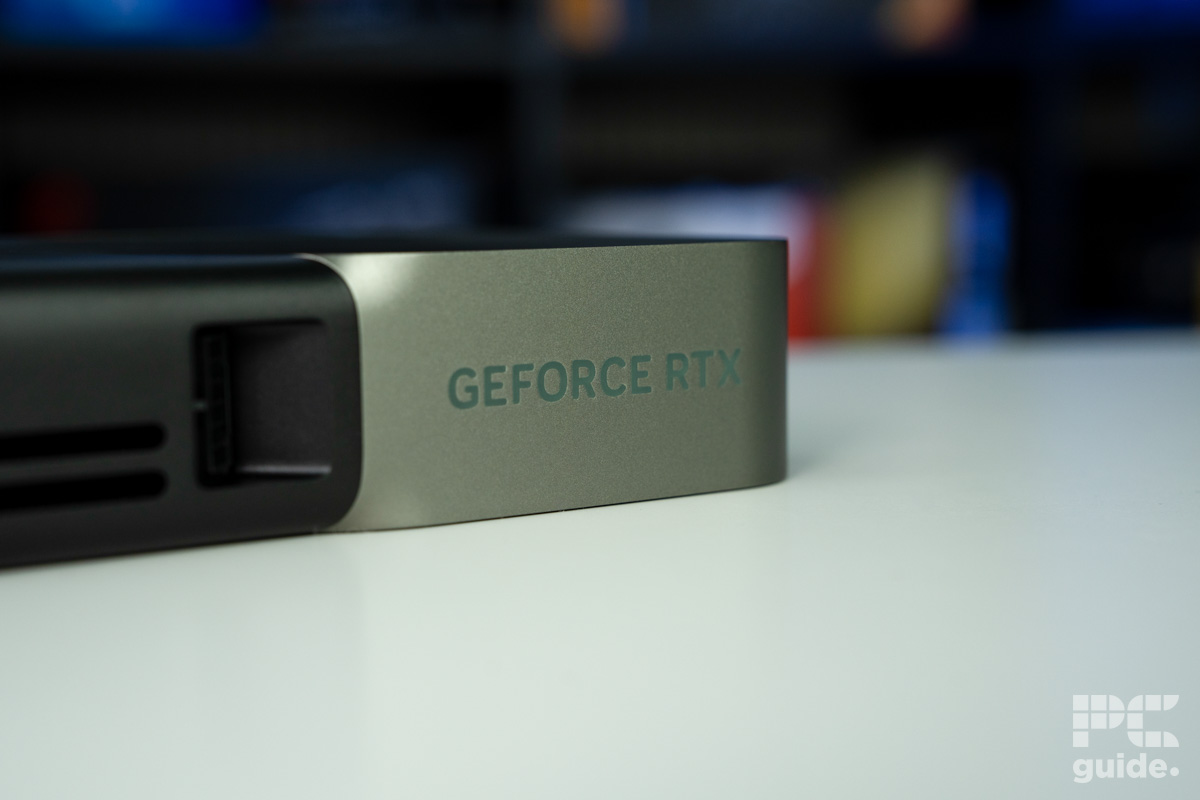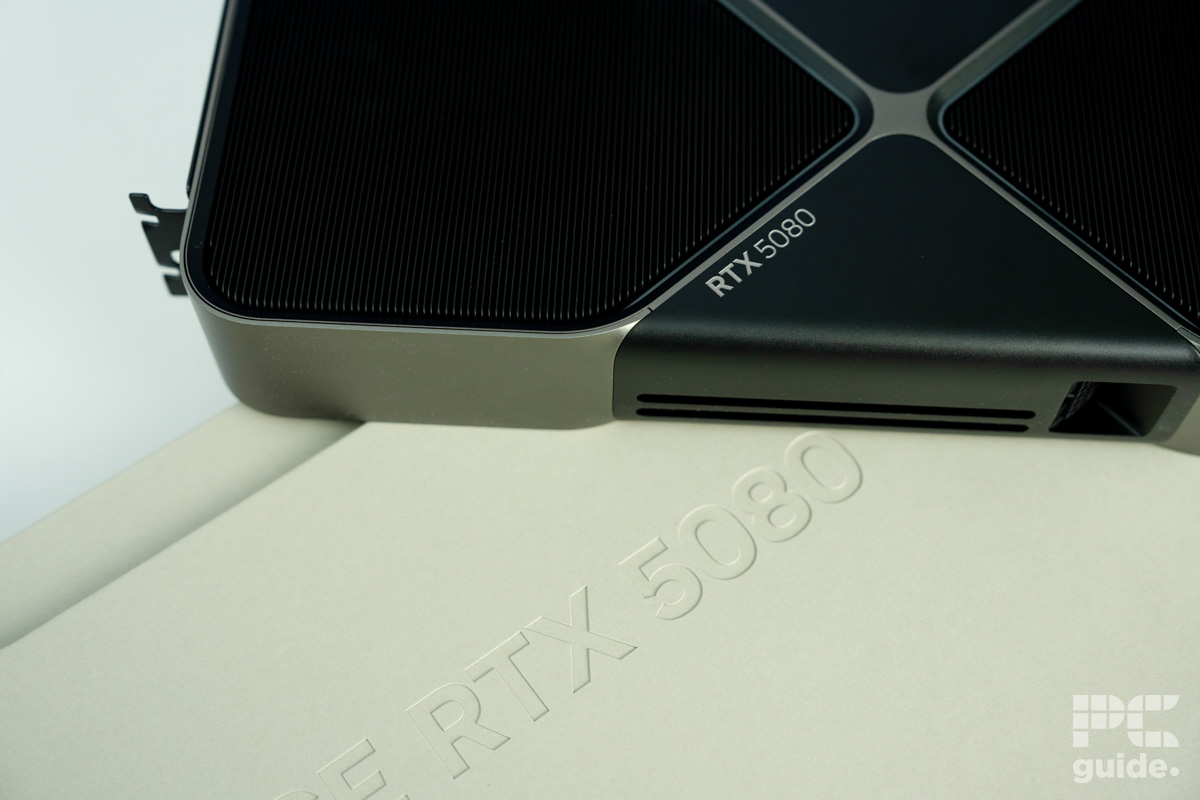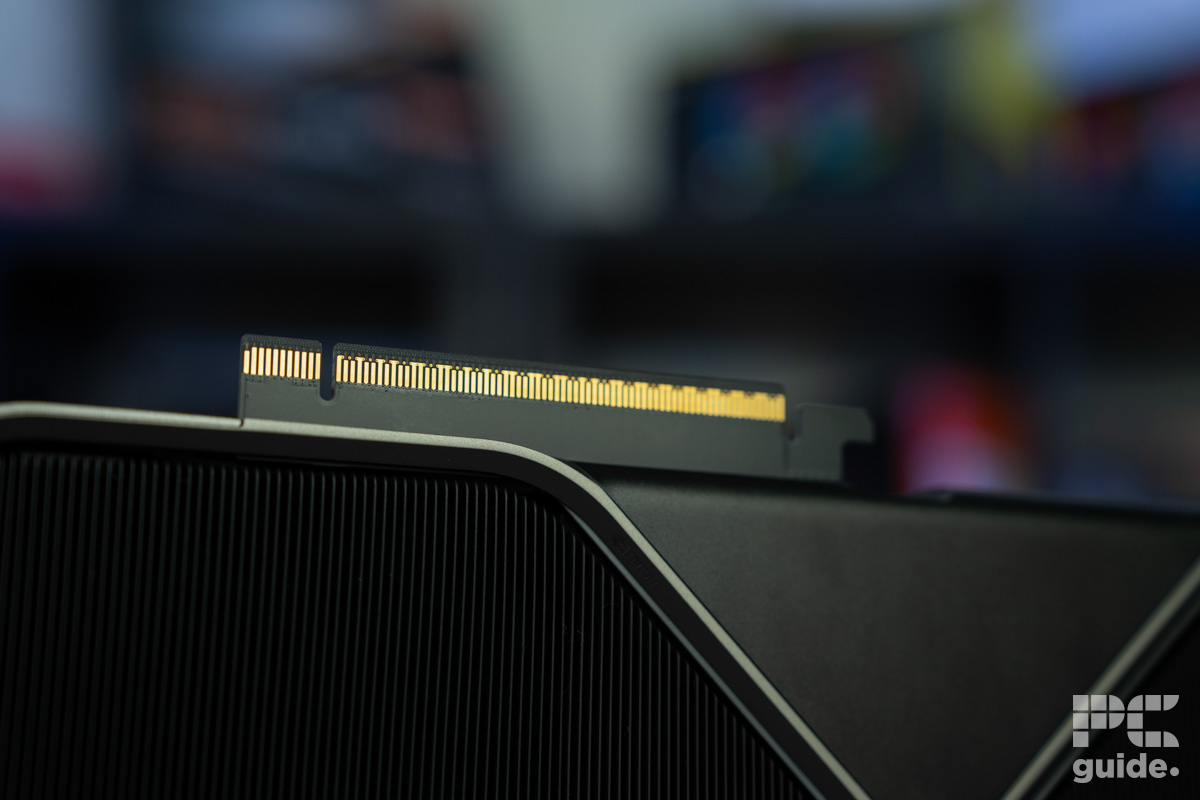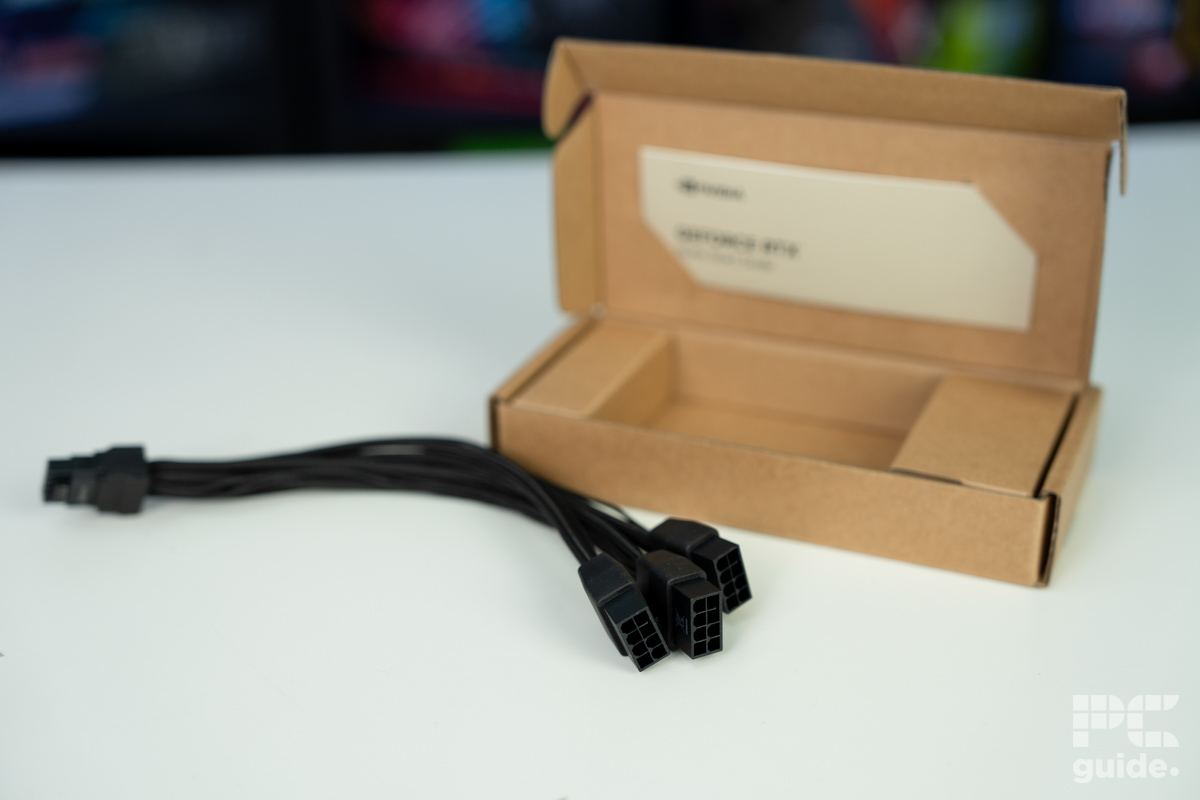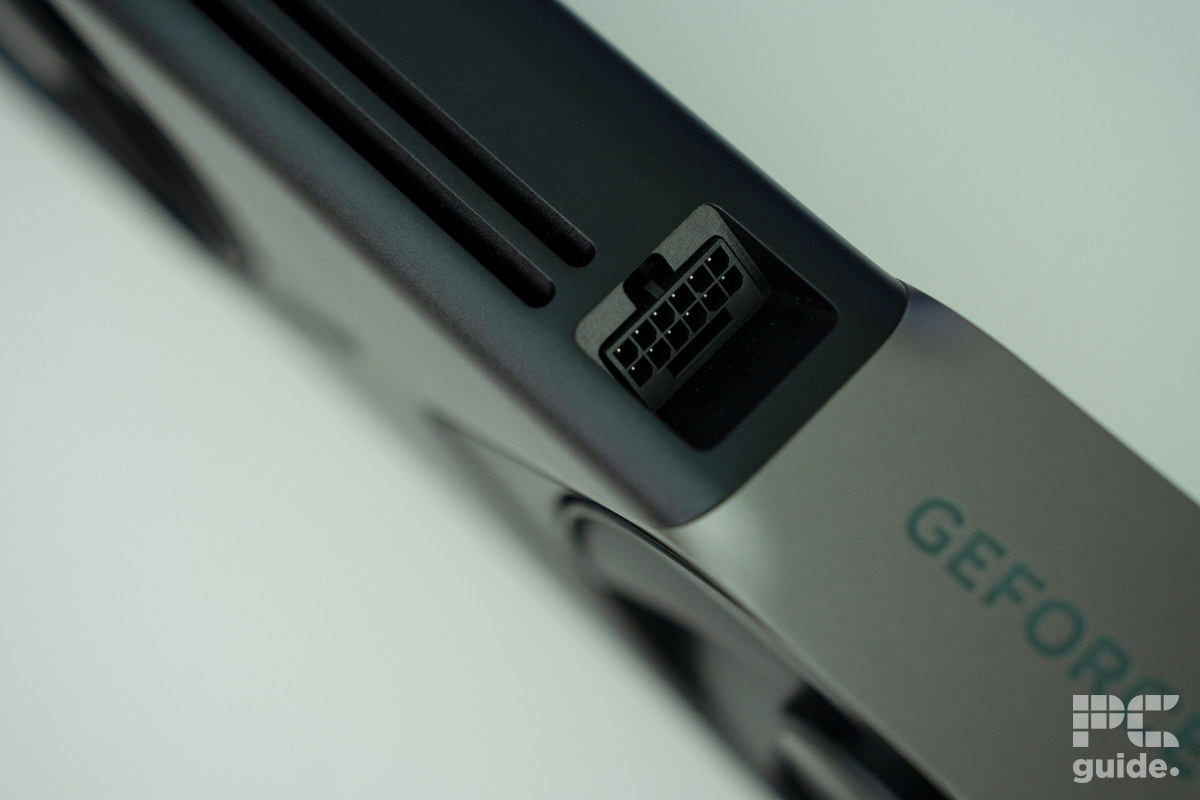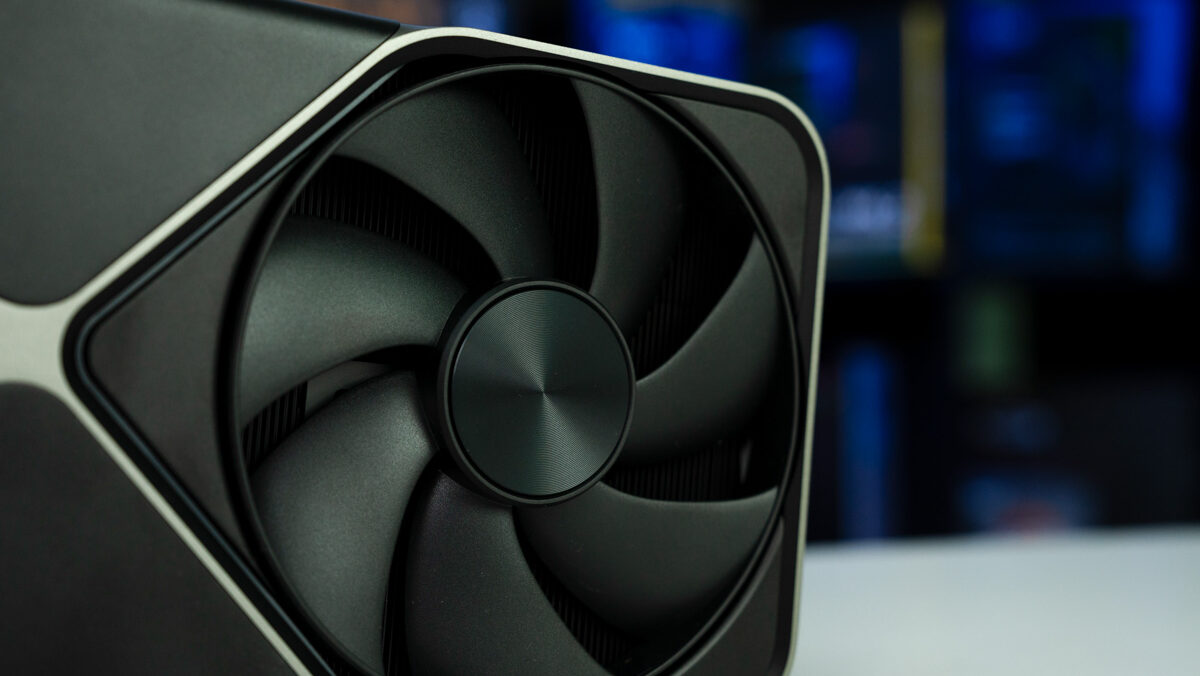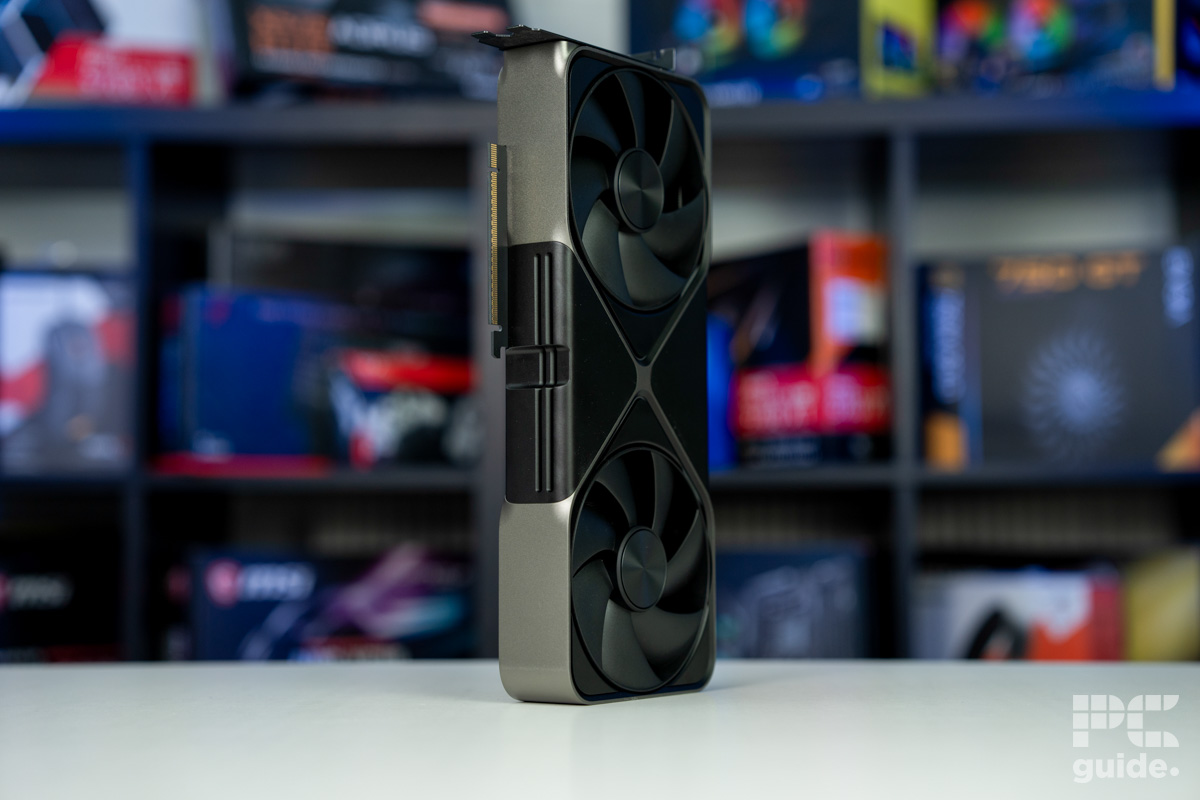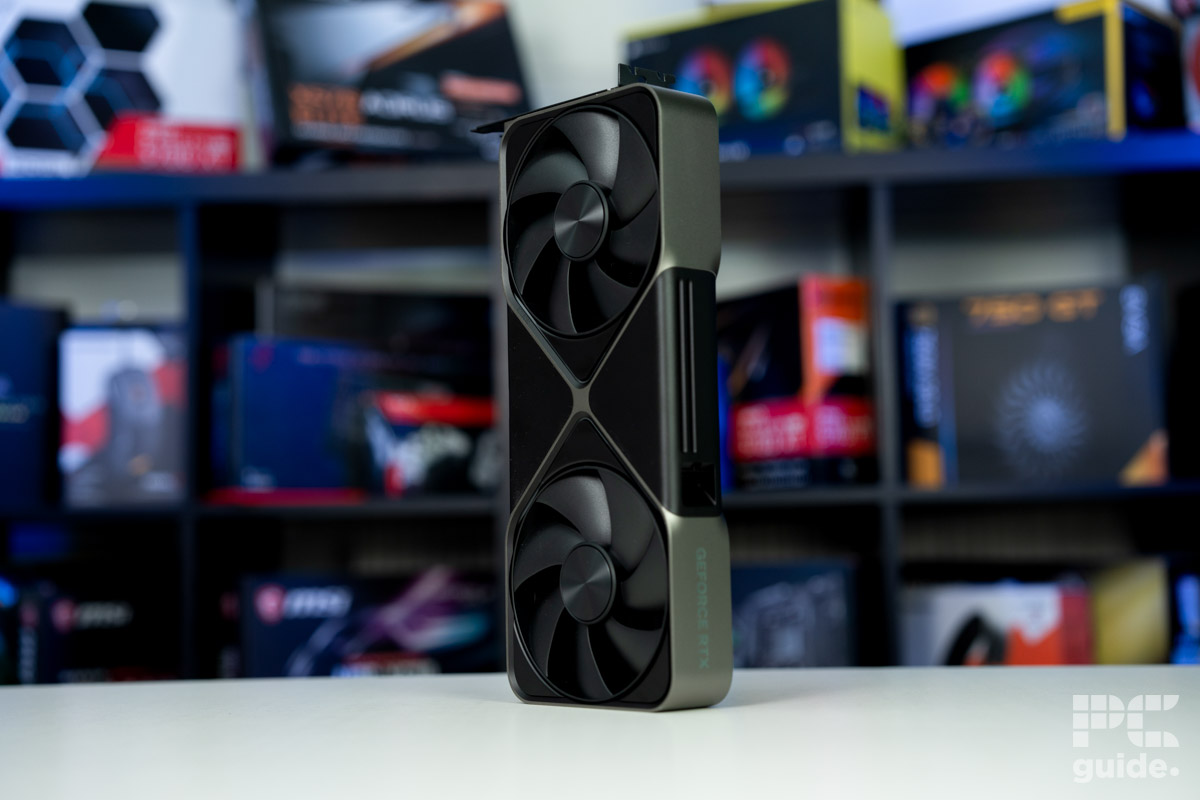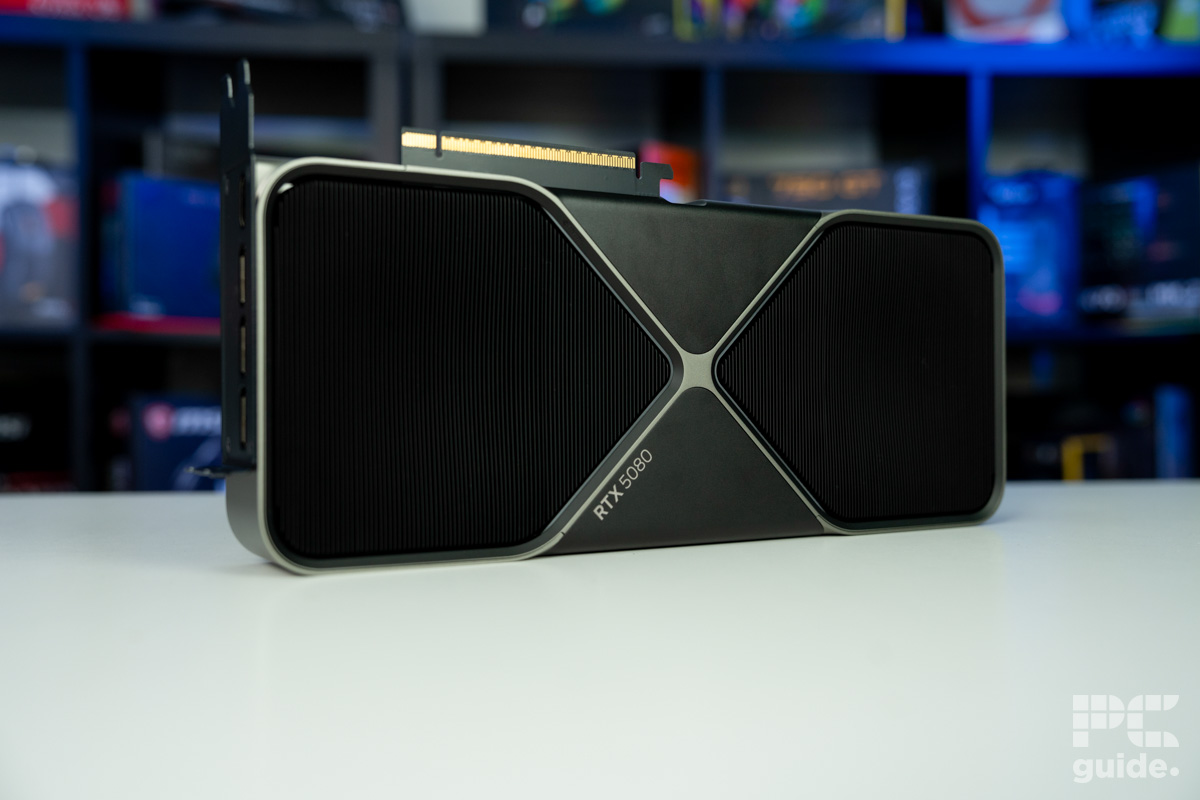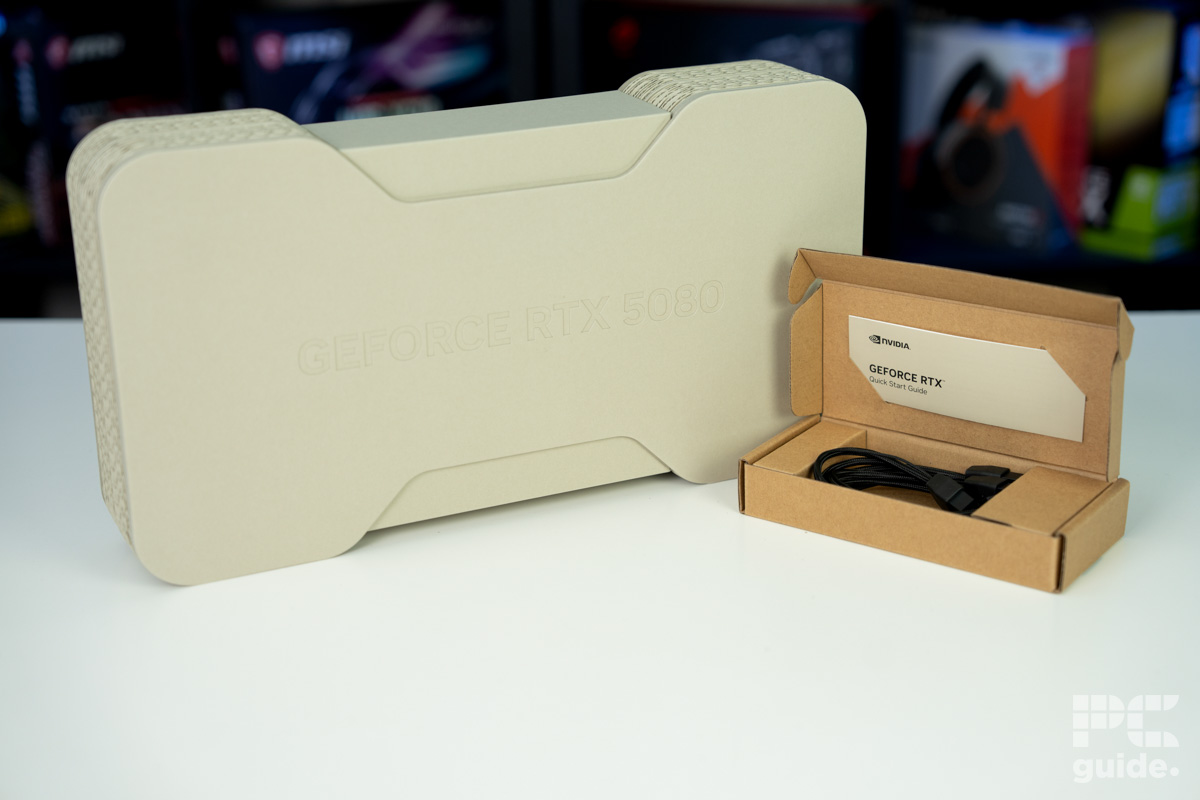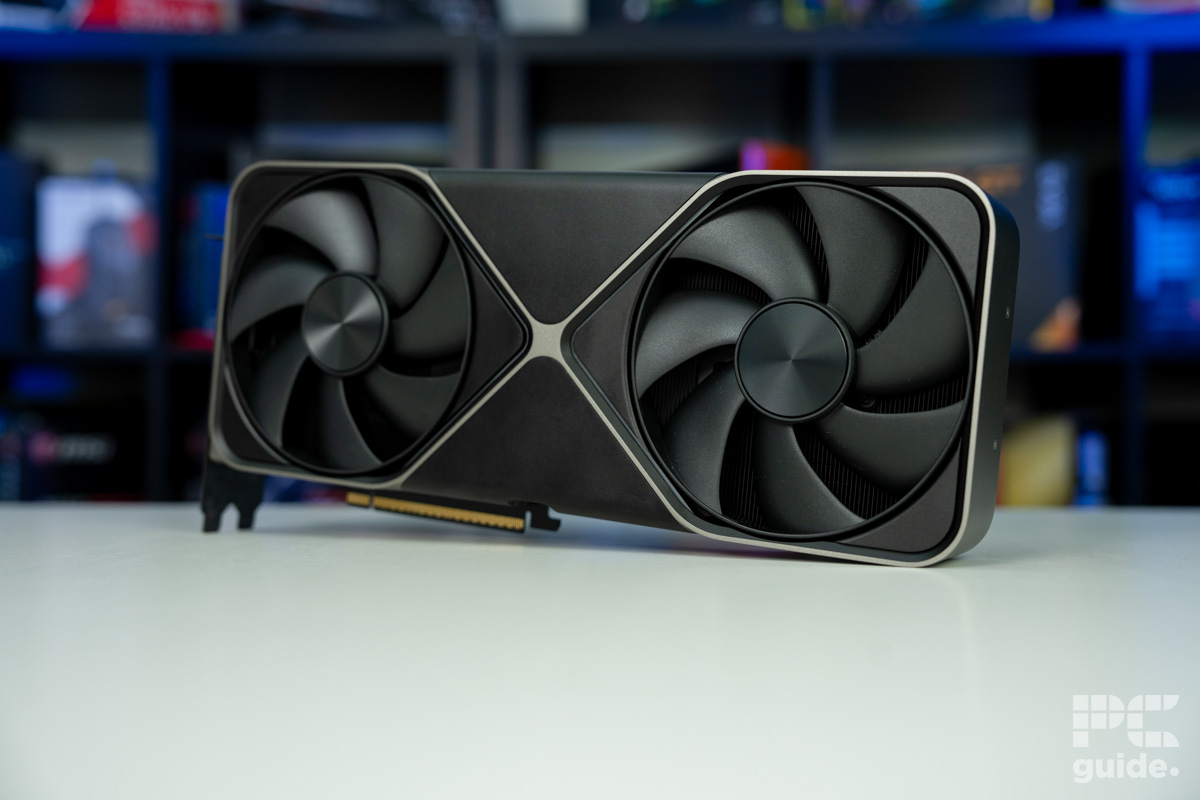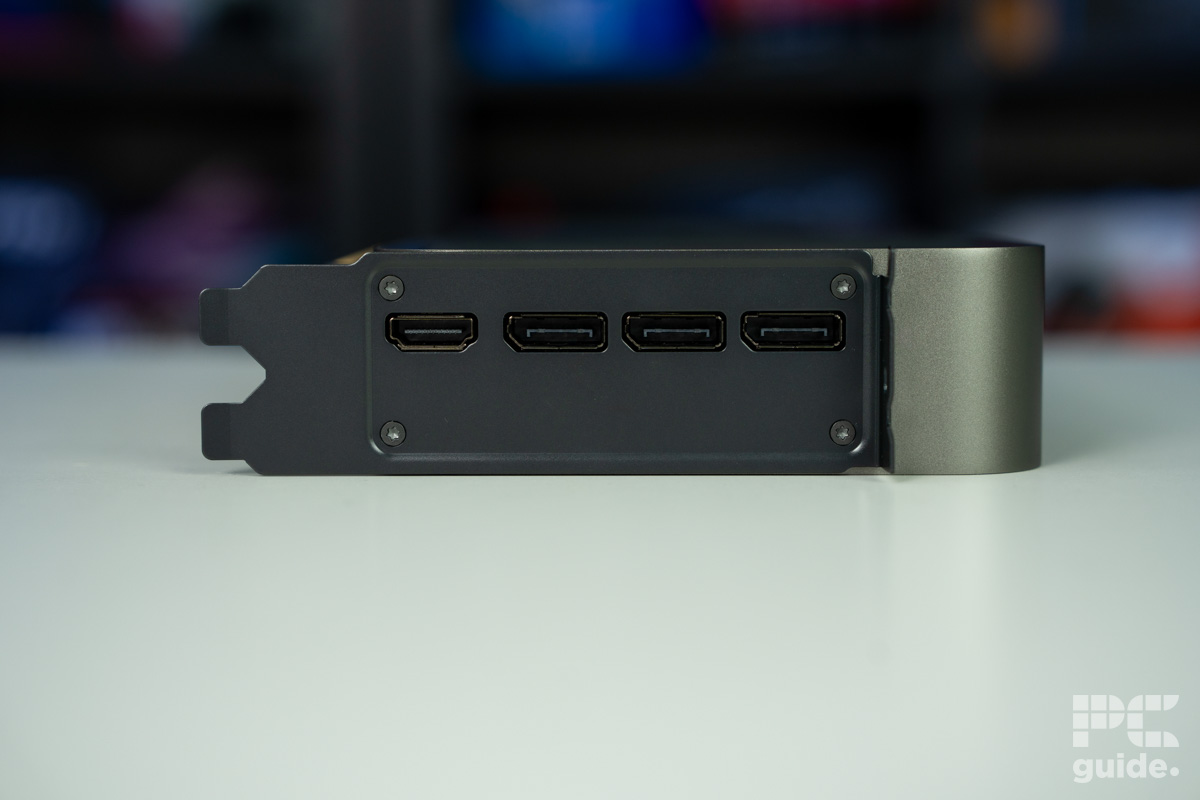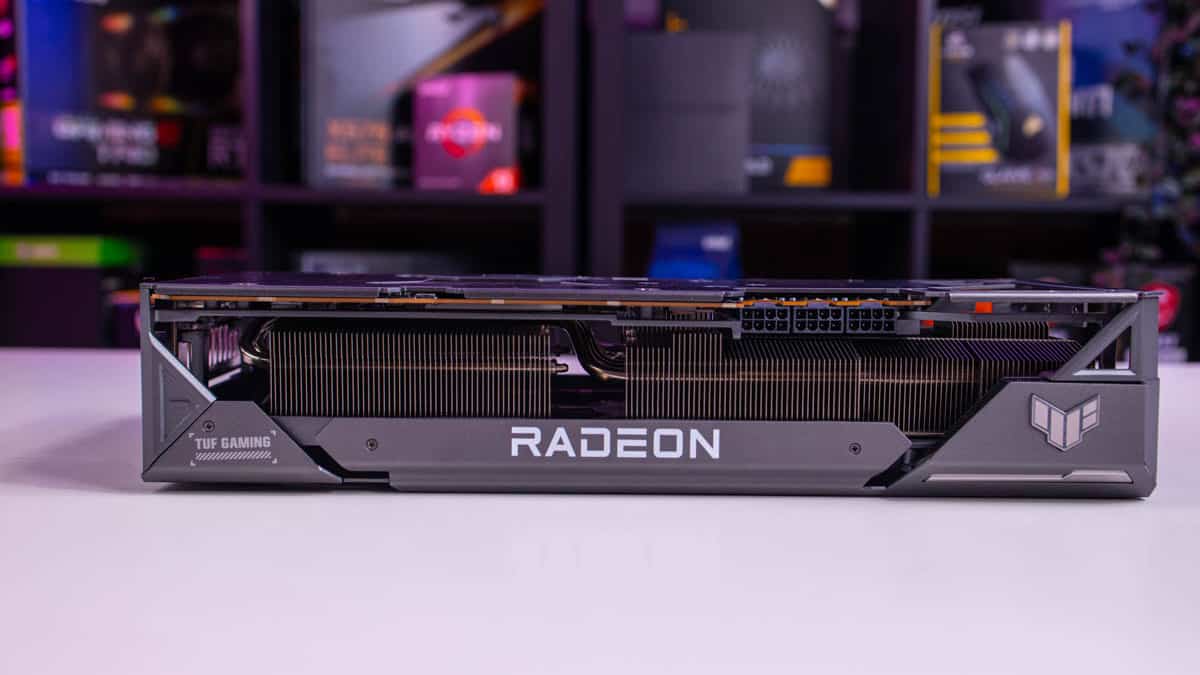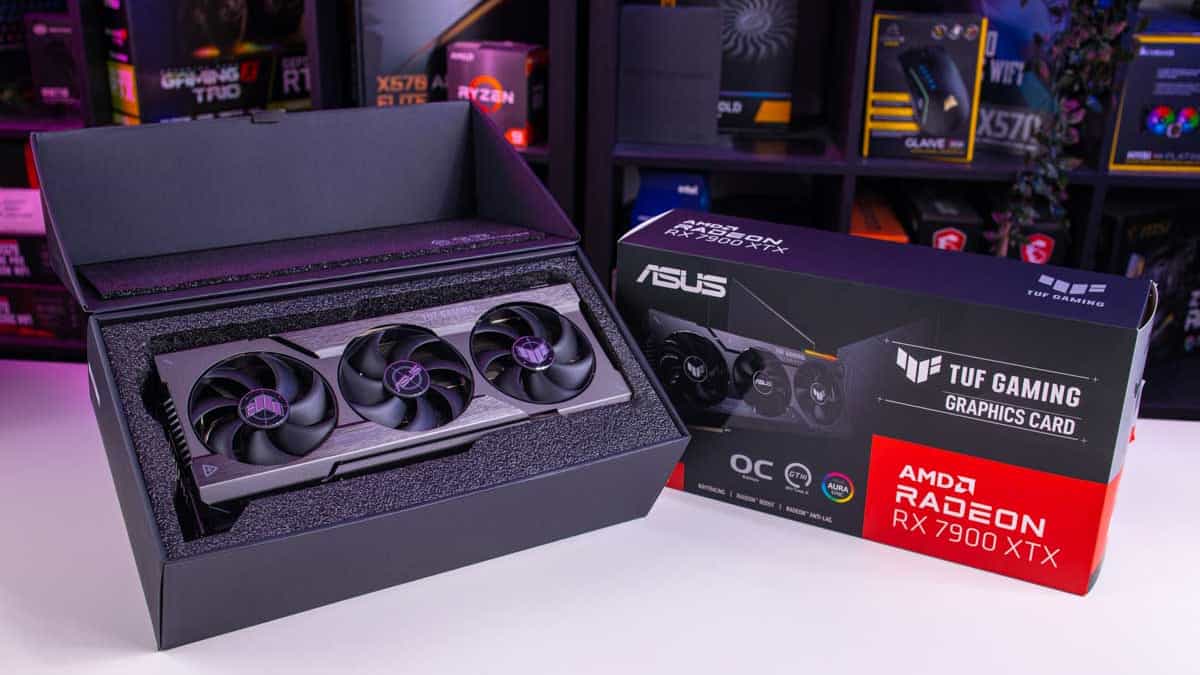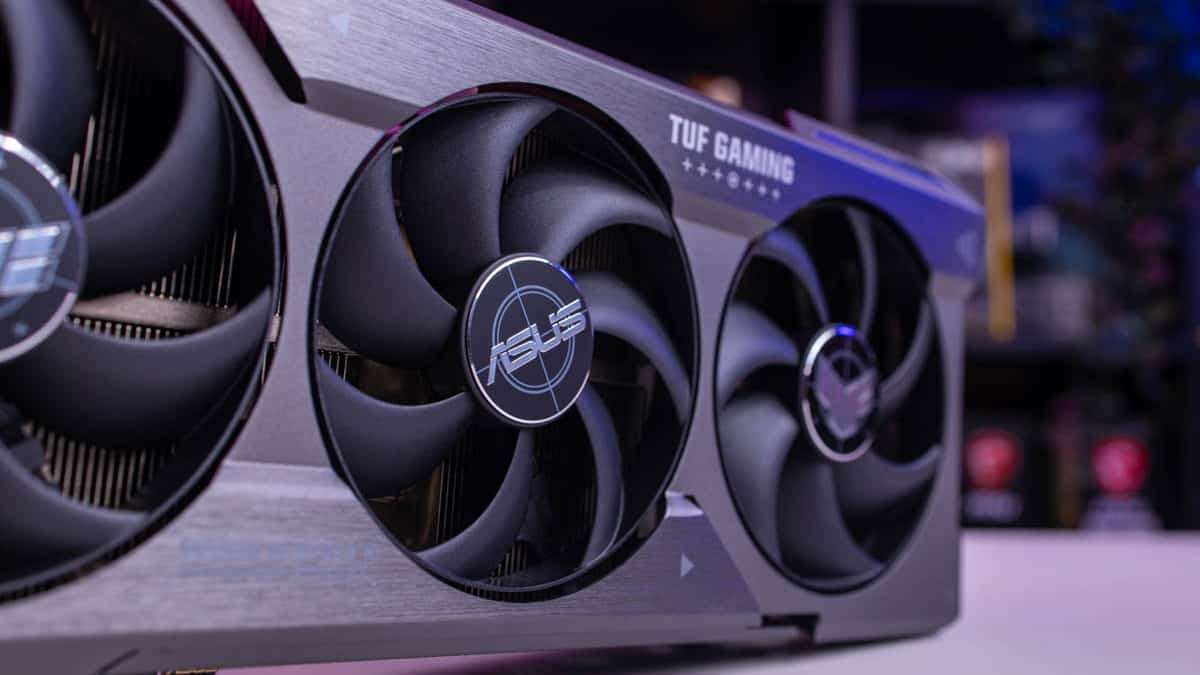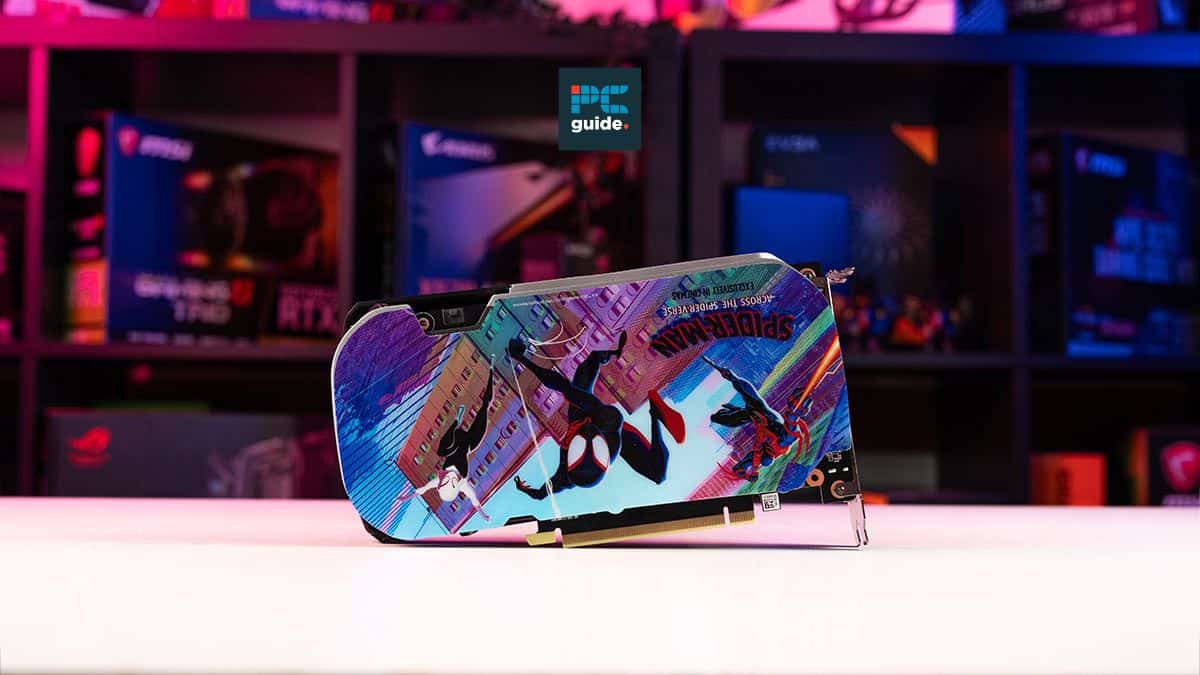Best GPU for 4K video editing and rendering – our top picks tested
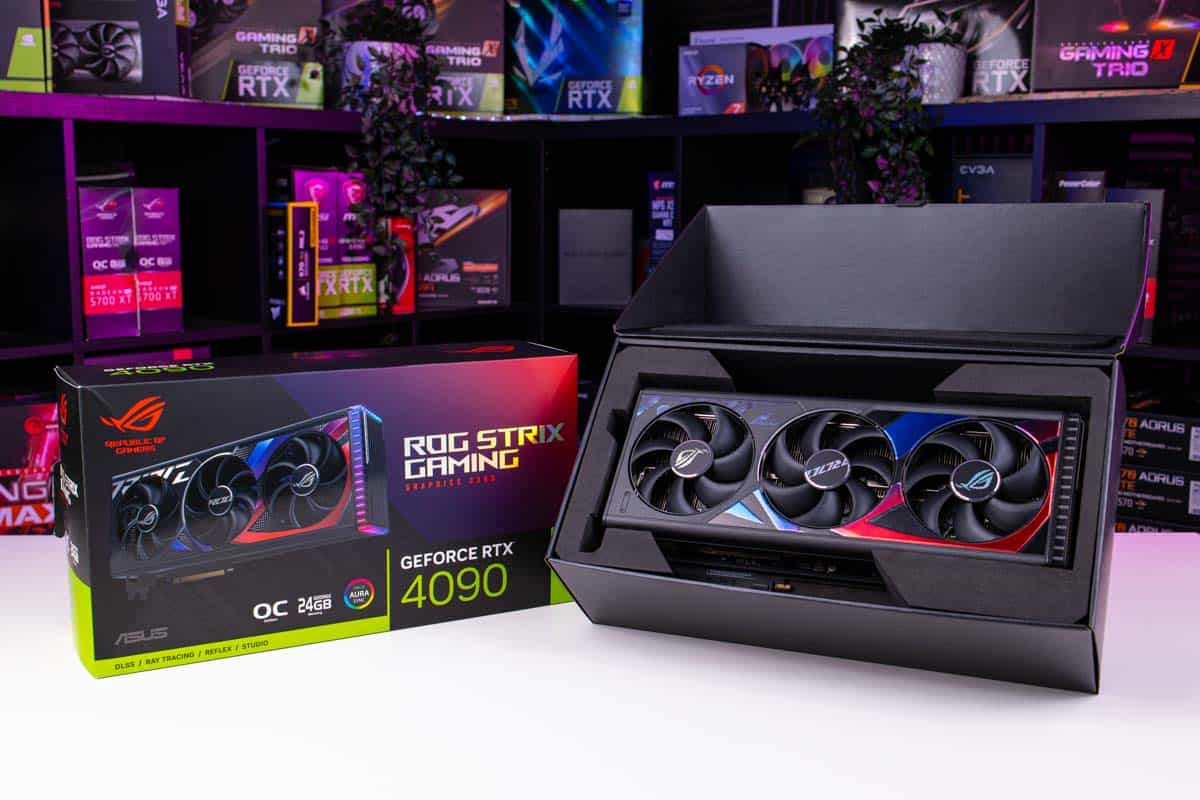
Table of Contents
In the realm of video editing and production, 4K resolution has firmly established itself as the benchmark for superior quality. When it comes to the best GPU for 4K rendering and editing, there are specific requirements and considerations that one must bear in mind to achieve seamless workflows and impeccable results.
Video cards play an integral role in ensuring that your editing software runs smoothly, your renders are quick, and your previews are crisp, especially when dealing with 4K content. With that in mind, you’re going to want as much GPU power as you can afford. With plenty of the best graphics cards around, it’s not easy at all to find the right one for the job. We’ve listed out some of the top picks for you to choose from.
Prime Day is finally here! Find all the biggest tech and PC deals below.
- Sapphire 11348-03-20G Pulse AMD Radeon™ RX 9070 XT Was $779 Now $739
- AMD Ryzen 7 7800X3D 8-Core, 16-Thread Desktop Processor Was $449 Now $341
- ASUS RTX™ 5060 OC Edition Graphics Card Was $379 Now $339
- LG 77-Inch Class OLED evo AI 4K C5 Series Smart TV Was $3,696 Now $2,796
- Intel® Core™ i7-14700K New Gaming Desktop Was $320.99 Now $274
- Lexar 2TB NM1090 w/HeatSink SSD PCIe Gen5x4 NVMe M.2 Was $281.97 Now $214.98
- Apple Watch Series 10 GPS + Cellular 42mm case Smartwatch Was $499.99 Now $379.99
- ASUS ROG Strix G16 (2025) 16" FHD, RTX 5060 gaming laptop Was $1,499.99 Now $1,274.99
- Apple iPad mini (A17 Pro): Apple Intelligence Was $499.99 Now $379.99
*Prices and savings subject to change. Click through to get the current prices.
-
ASUS ROG Strix RTX 4090 OC
- GPU: AD102
- CUDA cores: 16,384
- VRAM: 24GB GDDR6X
- Memory bus: 384-bit
- Bandwidth: 1,008 GB/sec
- Base clock: 2235 MHz

-
-
Nvidia GeForce RTX 5080 Founders Edition
- GPU: GB203
- CUDA Cores: 10752
- VRAM: 16GB GDDR7
- Memory Bus width: 256 bit
- Base Clock speed: 2295 MHz
- Boost Clock speed: 2617 MHz

-
ASUS TUF Gaming Radeon RX 7900 XTX OC
- GPU: Navi 31
- Stream Processors: 6,144
- VRAM: 24GB GDDR6
- Memory bus width: 384-bit
- Bandwidth: 960 GB/s
- Base clock speed: 1,929 MHz

-
Zotac Gaming RTX 4060 Ti OC Spider-Man: Across the Spider-Verse
- GPU: AD106
- CUDA cores: 4,352
- VRAM: 8GB GDDR6
- Bandwidth: 288.0 GB/s
- Memory bus width: 128-bit
- Base clock speed: 2310 MHz
How we picked the best GPU for 4K rendering and editing
When selecting the best graphics cards for 4K rendering and editing, we lean heavily into hands-on testing and real-world performance metrics in our GPU reviews. Benchmarks can give a good starting point, but nothing beats the experience of scrubbing through a 4K timeline, applying color corrections, encoding, and exporting final edits to see how a GPU truly holds up.
Additionally, we consider feedback from professional editors and video producers. Their insights into how different graphics cards perform in long editing sessions, with various software, and under different workloads, offer invaluable guidance. After all, theoretical power is just one side of the coin; consistent, reliable performance under the demanding conditions of 4K editing and rendering is the real litmus test for the PC.
While not a necessity, gaming performance was also factored in. Not every video editor will be associated with gamers on the whole, but the pastime is important and may well go hand-in-hand with the editing you’re currently doing.
Our top picks

- GPU: AD102
- CUDA cores: 16,384
- VRAM: 24GB GDDR6X
- Memory bus: 384-bit
- Bandwidth: 1,008 GB/sec
- Base clock: 2235 MHz
- Stellar performance in GPU rendering and vidoe editing
- Significant FPS boost in Unreal Engine tasks
- Massive improvement over previous models, confirned via our testing
- Ultimate gaming card making it perfect for both work and play
- Premium price tag, but worth it if you’re serious about video editing
- Potential overkill for casual users
- Requires robust system compatibility – so ensure there is no CPU bottleneck
Diving right into the heart of this behemoth, the Nvidia GeForce RTX 4090 operates on the latest Ada Lovelace architecture, boasting a staggering 16,384 unified pipelines. With 512 TMUs, 176 ROPs, 128 ray tracing cores, and an additional 512 Tensor/AI cores, it's clear this GPU isn't messing around. Its core speeds flit between a stable 2235 MHz and can boost up to 2520 MHz while providing a theoretical performance of 82.6 TFLOPS for both FP16 and FP32. As we stated in our RTX 4090 review, the card delivered outstanding performance against our test games, as well on benchmarks such as Blender.
For enthusiasts of the Unreal Engine, this GPU is a game-changer, providing around an 85% uptick in frame rates against the RTX 3090 models. But it's in GPU rendering where the 4090 truly shines. Our performance data, as well as real-world use of the card, suggests rendering tasks could potentially be twice as brisk as when performed on the RTX 3090 models, or even four times speedier than on the older RTX 2080 Ti.
So, who's this card really for? For those deeply embedded in GPU-intensive tasks like high-end rendering or complex video editing, the RTX 4090 is a no-brainer. It's essentially a turbocharged workstation in GPU form and one of the most high-end graphics cards on the market. However, always be sure your current setup can handle this powerhouse, both in terms of software optimization and physical space.

- Optimized for professional applications
- Robust 4K rendering capabilities
- Enhanced stability and reliability
- Not ideal for gaming enthusiasts – very much a ‘work’ card
- Premium pricing for the Quadro series
- Overpowered for basic editing tasks
The Nvidia Quadro RTX A4000, stemming from the highly respected Quadro lineage, is engineered specifically with professionals in mind. Paired with 2560 CUDA cores, 320 Tensor cores, and 40 RT cores, this GPU ensures rendering and editing in 4K is more fluid than ever, with accelerated ray-tracing and deep learning (DLSS) capabilities on the side.
While the GeForce series often grabs the spotlight in the gaming domain, the Quadro series, and the RTX A4000 in particular, is laser-focused on content creation and professional applications. For video editors, especially those working with 4K footage and higher, this Nvidia GPU provides both stability and power, ensuring that timeline scrubbing is buttery smooth and that render times are substantially reduced.
Who does the Quadro RTX A4000 cater to? Simply put, it's tailor-made for professionals looking for a balanced combination of performance, reliability, and optimized software compatibility. Whether you're a videographer, 3D artist, or architectural visualizer, the Quadro RTX A4000 is a robust tool in your arsenal, ensuring your work gets the precision and speed it deserves. The downside? It's not ideal for those who want more from the PC than just video editing. So, if you're looking for an all-rounder, and you can stretch your budget, we would recommend the RTX 4090.

- GPU: GB203
- CUDA Cores: 10752
- VRAM: 16GB GDDR7
- Memory Bus width: 256 bit
- Base Clock speed: 2295 MHz
- Boost Clock speed: 2617 MHz
If you’re after cutting-edge technology with notable feature enhancements, the RTX 5080 stands out as a top-tier choice. Offering performance that approaches the flagship 5090 at nearly half the price, it's a compelling solution for gamers, streamers, and editors alike.
In our testing, the RTX 5080 delivered exceptional performance in gaming and synthetic benchmarks. Thanks to its use of GDDR7 memory and architectural improvements, initial concerns over its 16 GB VRAM were largely dispelled, allowing it to compete with the RTX 4090 in many workloads.
This level of performance makes the RTX 5080 more than capable of sustaining 144+ FPS across most 1440p titles, whether cinematic single-player games or competitive shooters, as we found in our 5080 review. Even in demanding 4K scenarios like Cyberpunk 2077 with Ray Tracing Overdrive, enabling DLSS 4 and 4x Multi-Frame Generation boosted frame rates from 19 to a remarkable 183 FPS, indicating 200+ FPS at 1440p is well within reach.
The main caveat is availability. Limited stock may make finding the RTX 5080 at MSRP challenging. Still, even at a modest markup, it remains a better value than the RTX 4080 Super or 4090, while delivering comparable performance.

- GPU: Navi 31
- Stream Processors: 6,144
- VRAM: 24GB GDDR6
- Memory bus width: 384-bit
- Bandwidth: 960 GB/s
- Base clock speed: 1,929 MHz
- Exceptional raw performance for the price
- Competitive price point and great for gaming as well as work
- Stellar results in DaVinci Resolve Studio
- Subpar ray-tracing capabilities
- Noticeable power consumption increase
- Make sure you pick the right card as performance and price can vary
The AMD Radeon RX 7900 XTX is another card we've had significant hands on with as part our RX 7900 XTX review. Standing tall with its AMD Navi 31 graphics processor, this AMD beast pushes the envelope in terms of raw performance. Flaunting a commendable base clock of 2300 MHz which can boost up to 2500 MHz, combined with a generous 24GB GDDR6X VRAM, this graphics card seems tailored for high-intensity tasks. Our full benchmarking data can be seen in our review.
With a focus on high-resolution tasks, AMD's graphics card becomes an immediate contender for professionals, especially those dabbling in the realms of 8K+ video editing and extensive VFX rendering. The robust VRAM alone offers a sense of reliability, ensuring that large scenes or real-time engine workflows face no bottlenecks. Its performance in DaVinci Resolve Studio is especially notable, matching, and sometimes even surpassing its pricier counterpart, the NVIDIA GeForce RTX 4080.
So, who's the target audience for the RX 7900 XTX? Undoubtedly, it's the video editors, VFX artists, and professionals who want a potent combination of performance and price. With performance metrics rivaling some of the top-tier GPUs and a price that doesn't break the bank, the RX 7900 XTX is an enticing proposition over any Apple Mac product.
The downsides? Don't expect ray tracing performance or efficiency on par with similar Nvidia cards, which in this case would be the RTX 4080 / RTX 4080 Super at a push. For the best overall experience, pair the XTX with a strong-performing Ryzen or Intel CPU. We would also point out that performance and price can vary between models, so we would recommend our testing card, which was the ASUS TUF Radeon RX 7900 XTX OC variant, should you want to replicate the results we achieved (providing your rig is of similar spec).

- Affordable entry into 4K rendering
- Energy efficient
- Perfect for beginners and learning enthusiasts
- Limited VRAM so opt for the 16GB version if this is a concern
- Might face bottlenecks in complex workflows
The RTX 4060 Ti may not be the most powerful card on the market, but there's plenty of power there for those who want a solid video editing companion. Under the hood, there's 8GB of VRAM, and as we found in our testing for the RTX 4060 Ti review, it's still a decent card to enjoy 1080p and 1440p gaming, making it a solid all-rounder for those who game and then like to edit videos of their performance.
There's also a 16GB variant of the 4060 Ti, which doubles VRAM to 16GB, for those wanting a bit more headroom for $100 more than the 8 GB. For those on an even tighter budget, the Nvidia RTX 3050 could also be worth a look. Built around the Turing architecture, this card provides a base clock speed that's decent for its tier.
Equipped with a satisfactory amount of VRAM, it caters to entry-level 4K rendering and editing tasks. When you step into the realm of 4K rendering and editing, every bit of performance counts. However, not everyone needs the sheer might of top-tier GPUs, and this is where the RTX 3050 shines. It's the go-to card for budding professionals or hobbyists who are taking their first steps into 4K workflows and want a high frame rate at a reasonable price.
Features and considerations
When picking out between the various GPUs there are a load of factors to consider picking between each of the options. We’ve picked out some of the common considerations that might affect your decisions.
VRAM
The intricacies of 4K content mean that your hardware must have a substantial amount of VRAM. Higher VRAM and memory bandwidth allow the GPU to handle large textures and files more effectively, which is crucial for 4K media. Alongside VRAM, the computational power of a GPU, measured in teraflops, becomes pivotal when rendering intricate scenes and animations or applying complex effects.
Compatibility
Furthermore, when delving into the world of 4K editing, one must also consider the GPU’s compatibility with specific editing software suites. Software like Adobe Premiere Pro, DaVinci Resolve, and others might have optimized performance with certain GPUs. Also, make sure that the rest of your PC is up to scratch. So, before buying any GPU, check for potential bottlenecks with your CPU, and ensure your PSU can handle the demands of greater power draw if you do choose to upgrade.
Size
One of the big deciders for some is the physical dimension of the graphics card. Depending on the case you want to fit the GPU I, it might affect which models you can pick between. If it’s an ITX GPU or a full-fledged size option, they will have different lengths that can fit various cases and ensure you have the right model for the job.
Budgets
With a vast range of tiers of graphics cards, these will also change in pricing, as you will be able to find the right one to fit your needs. Even the budget GPUs will be capable of editing videos, ensuring you can get the best value for your money. Or you can spring even more to make sure there are no problems that transpire with your work. You can also expect to utilize these sorts of graphics cards to be adequate for streaming and even for Photoshop to create a well-rounded system.
Which GPU is best for video editing?
A graphics card with a lot of VRAM and plenty of processing power is the best option, such as the RTX 4090 or A4000. But it doesn’t mean you have to spend all that money to get a video editing card; you can find plenty of other options capable of doing the job. Something like the RTX 5080, RTX 4060 Ti, or RX 7900 XTX is a good alternative. Even those below that are capable of doing the job, too.
What GPU do I need for 4K video editing?
Any modern GPU is likely capable of doing 4K video editing. With GeForce and Radeon cards’ improvements and proficiencies in these matters, it is a good option no matter what you pick, as even Intel GPUs are a valid alternative. But there is some value in going for higher-tier options. With more VRAM and processing power, it improves the speeds that the applications can achieve and makes using it smoother.
Do you need a high end GPU for video editing?
Not necessarily. Even lower-end options can do some video editing. You might find some limitations if you do go for lower-end cards, though, as the lower VRAM and processing power can slow things down and not be ideal. But plenty of modern graphics cards have the features and hardware on board to get the job done, too.
What GPU do I need for Premiere Pro?
Looking at the Premiere Pro system requirements, it doesn’t really need a lot of power in the GPU department. At a minimum, it asks for 2GB of GPU memory, which encompasses pretty much any graphics card released in recent years. However, for 4K and recommended VRAM amounts, it asks for 8GB, which is still mostly available but definitely more limiting. So you want to be somewhat careful as to which GPU you end up picking.
Is Nvidia GTX better than RTX for video editing?
RTX GPUs are a much better range of graphics cards for video editing. Not only is it newer and a much more effective solution, but it also has the hardware inside to improve that experience. With newer encoders and improved efficiency, the RTX range has been out for so long, it’s clearly the better pick, as most GTX cards are now end of life.


